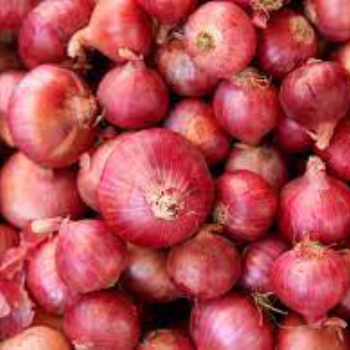INTRODUCTION

REQUIREMENTS
IRRIGATION
CULTIVATION
NUTRIENT DEFICIENCY
DISEASES

